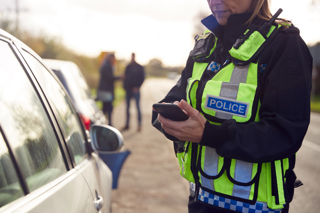The vast majority (95%) of drivers are unaware that some prescription drugs fall under the scope of the new drug-driving regulations which came into force on March 2, according to a recent survey.
The Government has imposed restrictions on 16 drugs - eight of which are available on prescription (clonazepam, diazepam, flunitrazepam, lorazepam, methadone, morphine or similar derivative drugs, oxazepam, and temazepam).
Penalties for breaking the tightened drug-driving laws are a minimum one-year driving ban and a fine of up to £5,000. Those convicted will get a criminal record.
Mark Hall from car leasing companyFlexed.co.uk, which carried out the survey of 1,250 drivers, said: "We applaud the move to set firm limits on the use of banned drugs such as cocaine, LSD and heroin.
"Drug-driving is a deadly menace on our roads and the new laws are a step toward wiping it out."
"However, we're concerned that patients on some prescription drugs might not be aware of the change."
The company found an unrepresentative sample of 12 people, who regularly take one of the eight prescription drugs on the list.
Only four had been warned by their GP of the upcoming change in the law, and another didn't drive anyway as they already knew about their drug's potential side-effects.
While some drugs which are used as sedatives come with clear instructions not to drive or operate machinery, some users of anti-anxiety drugs might not be aware that their driving reactions may be impaired, and that leaves scope for some drivers to be behind the wheel illegally without their knowledge.
"It's important that anyone who is on prescription drugs for anxiety or panic disorders to check with their GP or pharmacist to see if they should be driving," said Hall. "The limits are rather generous for prescription drugs, but it is vital to check."
Flexed.co.uk suggest that as well as taking professional advice, drivers using legal drugs should keep a medical note in their car, just in case the police need proof.


















Jane - 23/03/2015 00:39
This article provides a list of the 8 prescription drugs and the levels that the Government has specified.